Lighting Mistakes
In your living room, expensive decor, modern interiors, and beautiful finishes all shine when the lighting is done right.
Lighting plays a powerful role in setting the tone and mood of any space, but even the smallest mistakes can throw off your home’s entire look.
From using the wrong types of bulbs to relying too heavily on one source of light, common lighting errors can make a room feel either too harsh, too dim, or just plain uncomfortable.
In this slideshow, we’ll uncover the top lighting mistakes to avoid so you can create a warm, balanced, and inviting atmosphere in every corner of your home. Let’s get started.
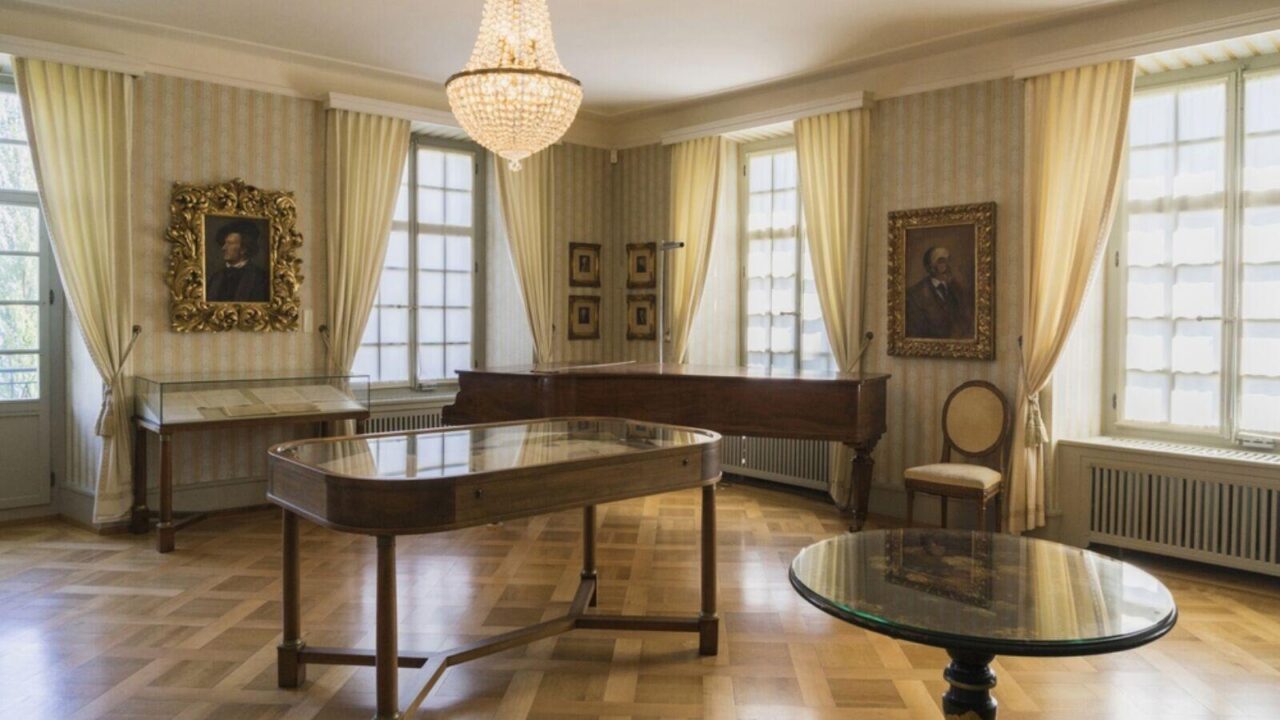
Harsh Overhead Lighting
Harsh overhead lighting is the most common mistake many homeowners make.
Yes, overhead light is the most important lighting element in your home but overdoing it can ruin the overall look. It creates a stark, clinical vibe that isn’t always cozy or inviting.
If you rely solely on these, you risk a flat, washed-out look in your space. Instead, try layering with table lamps or wall sconces to create warmth and depth.
Multiple lighting sources make a room feel more dynamic and comfortable.
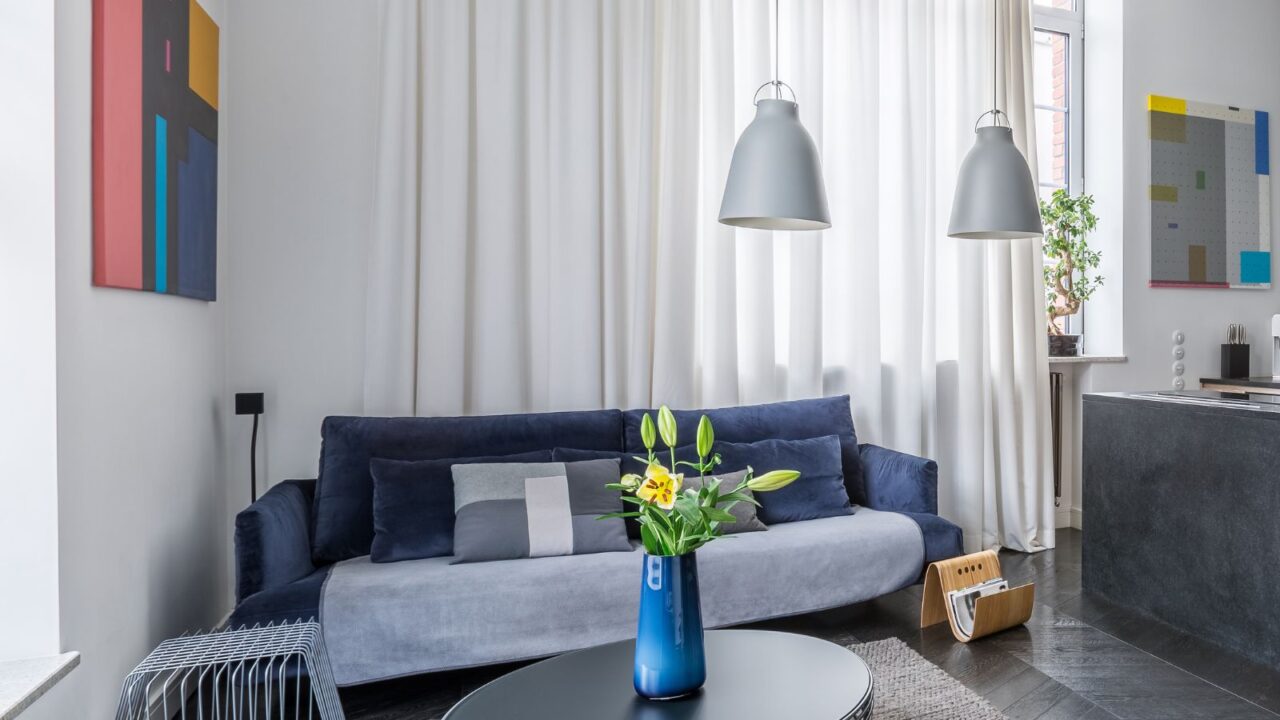
Using Only One Type of Lighting
Using just one type of light in your living room, whether overhead, ambient, or task, can make a room feel too bright or dim. Instead, opt for a combination of lighting types.
Layered lighting combines ambient, task, and accent lighting to create a balanced, inviting atmosphere in your home. It enhances functionality, providing the right light for various activities while adding visual interest.
Plus, it boosts mood and improves your home’s overall aesthetic.
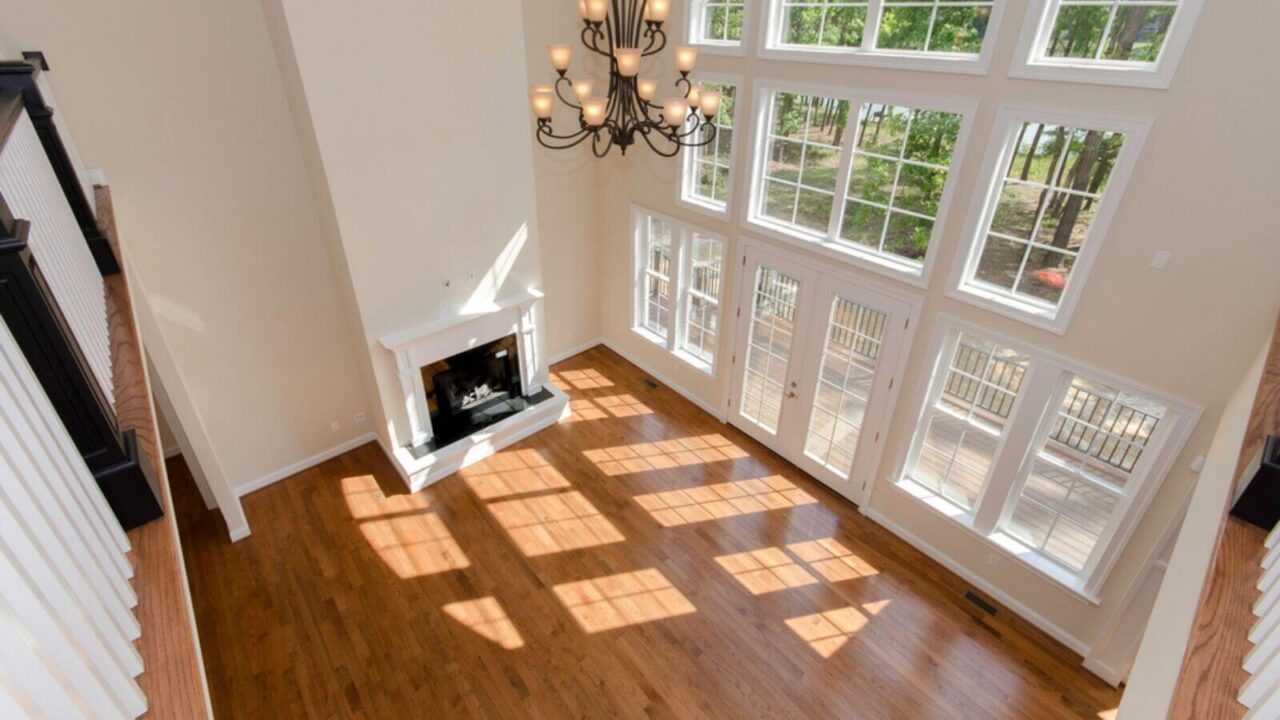
Ignoring Natural Light
The pros value natural light in home interiors, especially living rooms. The natural light enhances the color accuracy and reduces the need for artificial lighting during the day as well.
Not having enough windows or blocking them with heavy curtains is going to make your room feel dark and gloomy. Instead of heavy drapery, choose lighter, airy window treatments such as sheer curtains.
The plus point is you will save energy by reducing the need for artificial lighting during the day.
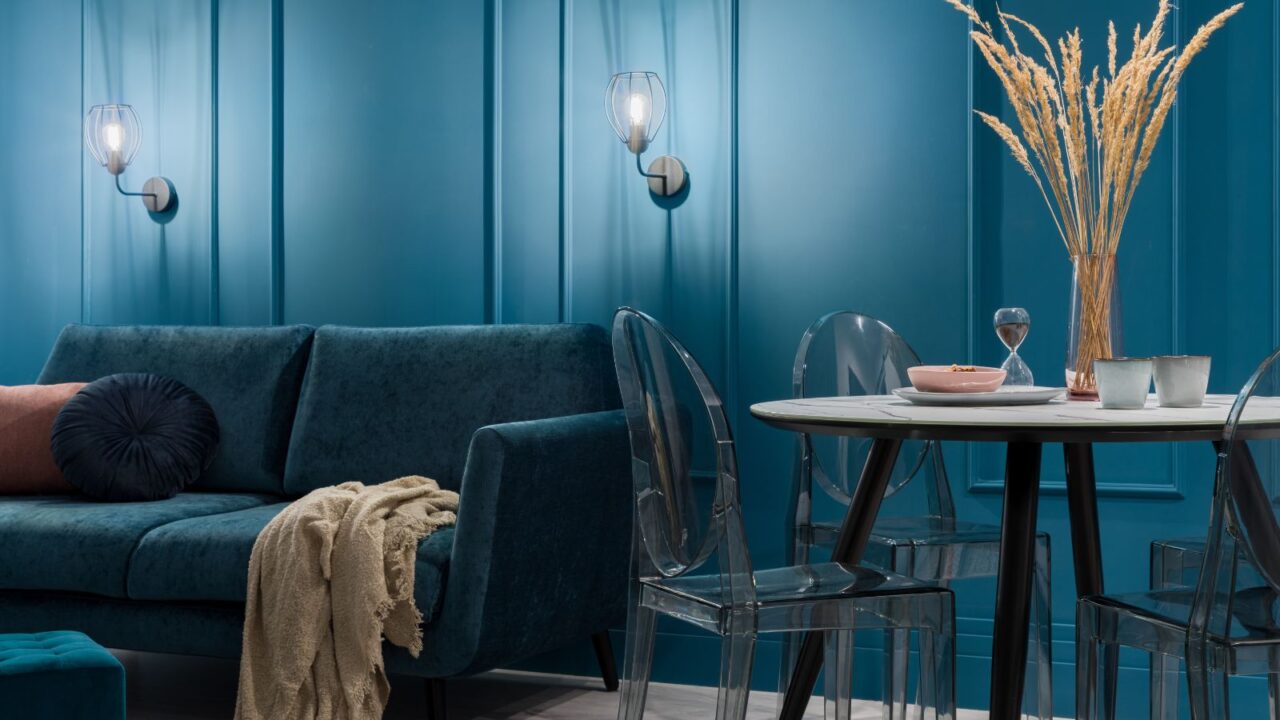
Skimping on Task Lighting
Another common mistake among homeowners is skimping on task lighting. It might feel unnecessary but believe me: it’s the most important element to make your home interior and decor stand out.
Moreover, not having task lighting affects functionality. For instance, lacking under-cabinet lighting or not having desk lamps for reading and other activities can lead to eye strain and create a non-functional space.
Task lighting helps focus light where you need it most, preventing shadows and making tasks easier.
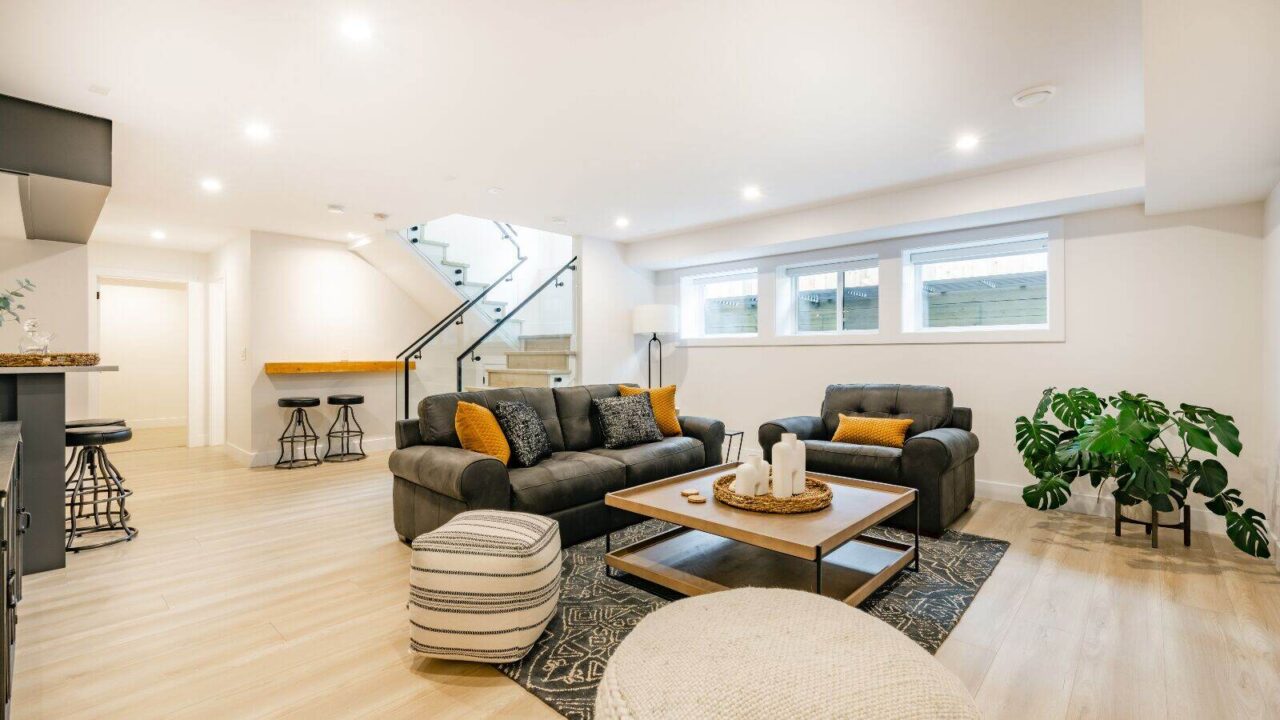
Use of Wrong Bulb Color Temperature
Did you know the color temperature of your light bulb has an impact on the overall atmosphere of your living room?
Bulb color temperature, measured in Kelvins, can dramatically affect a room’s ambiance. Cooler temperatures (above 4000K) may feel too harsh for living areas, while warmer bulbs (2700-3000K) add a cozy glow.
Opt for warmer tones for the living room, which are often more relaxing, while cool tones are best for workspaces.

Using Fixtures Too Large or Small
Lighting fixtures that are too large can overwhelm your living room, while ones that are too small might not provide enough illumination.
The size of the light fixture should relate to the room’s size and ceiling height. A general rule of thumb is to add the room’s length and width in feet and use that number in inches to get the ideal fixture diameter.
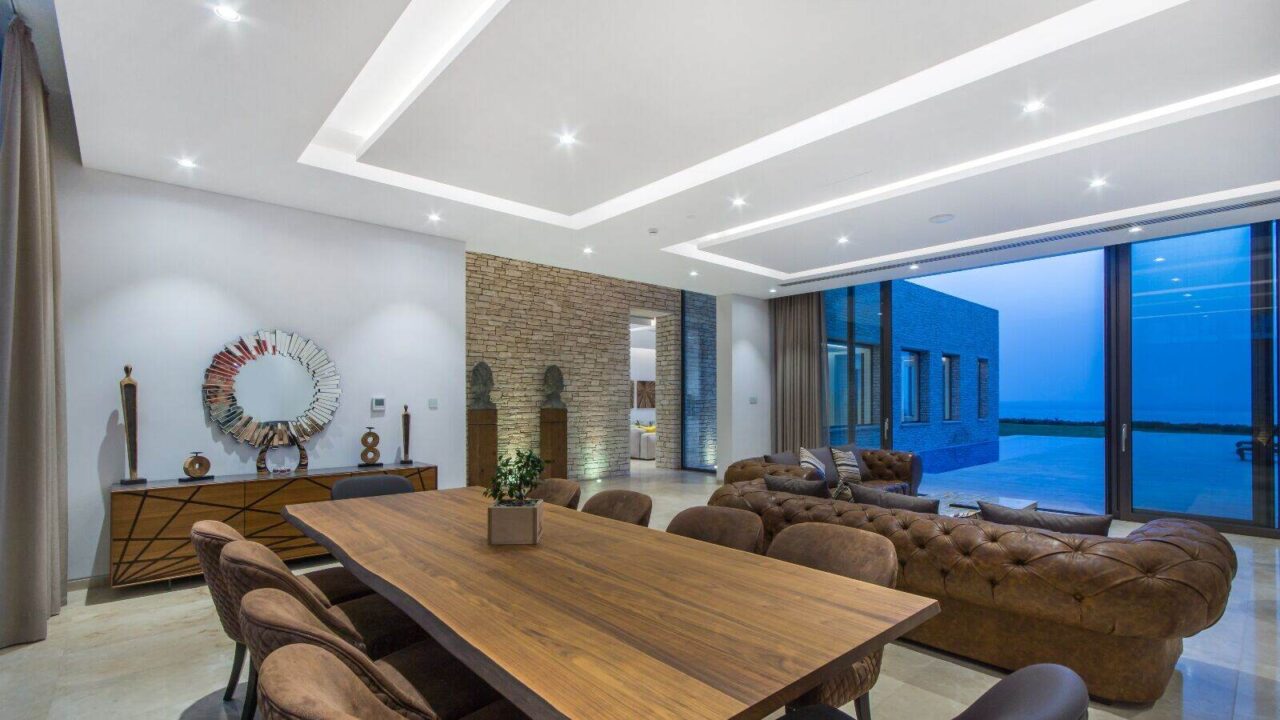
Relying on Recessed Lighting Alone
Recessed lighting has its place, but are you aware that using only recessed fixtures can create a dull, flat effect? Layer it with other light sources to add texture and prevent the “spotlight” effect.
Mix recessed lights with pendant lights, wall sconces, or lamps to create a well-rounded ambiance. Incorporating different lights doesn’t just enhance visual appeal; it also helps define spaces and highlight architectural features.
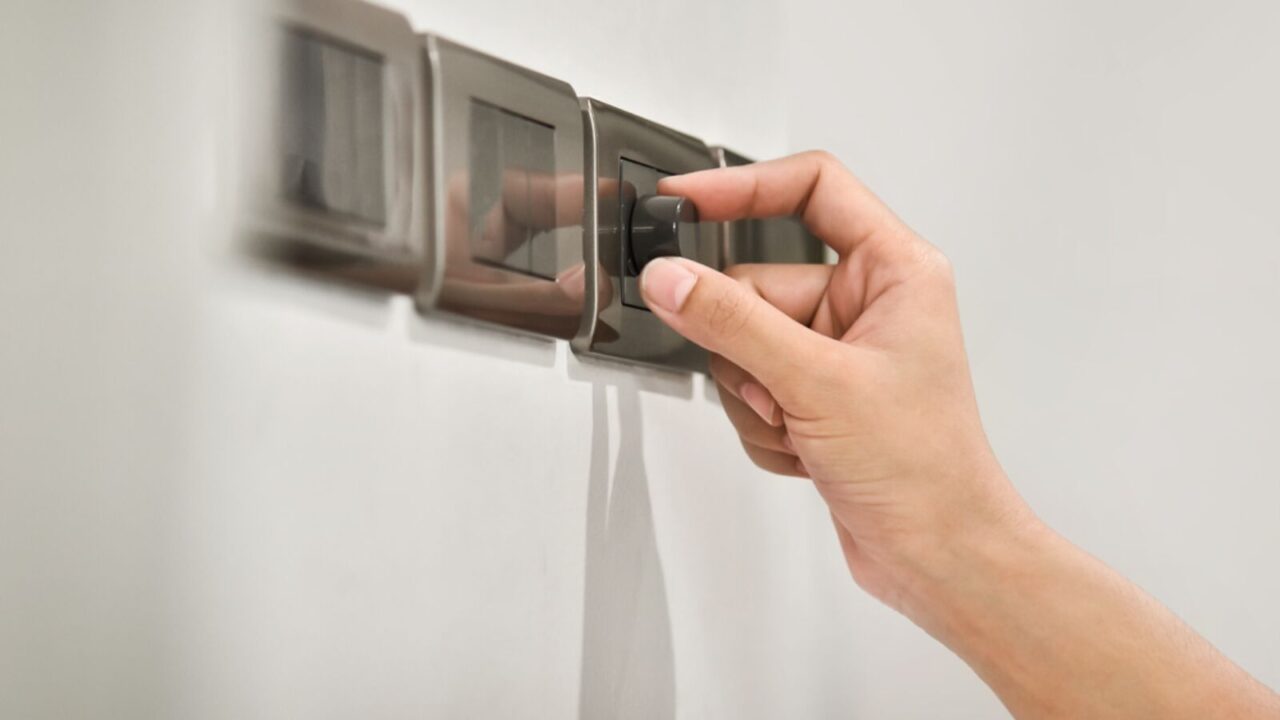
Forgetting About Dimmer Switches
Have you installed dimmer switches in your living room? If not, then you’re missing out on the flexibility it has to offer for your space.
Dimmer switches are a game-changer for lighting versatility. They allow you to control the intensity and set the mood, making your space adaptable for different tasks.
Without them, your lighting is either fully on or completely off, with no in-between.
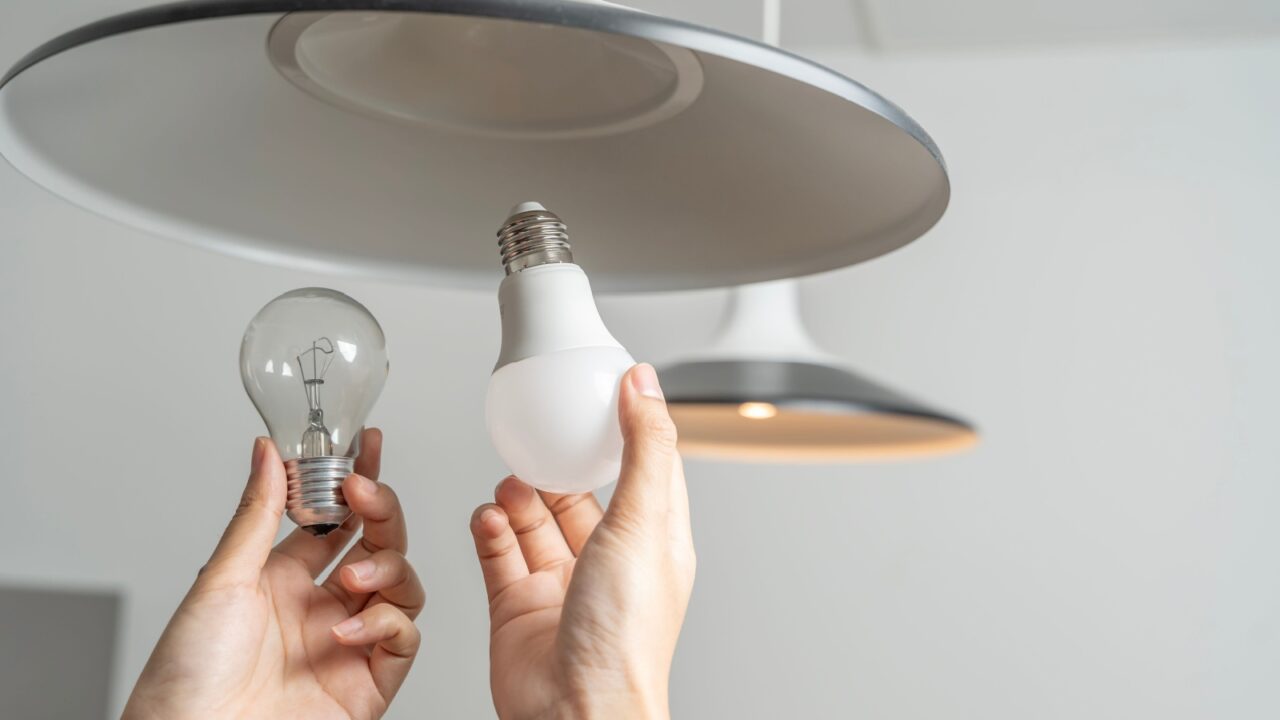
Not Using Energy-Saving options
Fluorescent lighting might be efficient, but it often gives off a cold vibe that can dampen your decor. Consider a better energy-saving alternative.
As fluorescent lamps are going out of trend, LED lighting emerges as the preferred alternative. The advantages of LED lighting include compatibility with existing fixtures, a long lifespan, and energy savings of up to 90%.
Plus, LED lights are mercury-free and recyclable which is also beneficial for the environment.

Mismatched Lighting Styles
While mixing different lighting styles can add visual interest, it’s important to choose complementary styles that work together. For instance, mixing clashing lighting styles, like industrial with antique might make your space feel disjointed.
Consistency is the key to a design style that ensures your lighting complements the room’s decor instead of detracting from it. Therefore, select a primary style and stick to it for coherence and harmony.

Poor Placement of Lamps
Placing table and floor lamps too far from seating areas or too low on surfaces can make them ineffective. They should be at a comfortable height to provide sufficient light for reading or relaxing.
An ideal table lamp height should allow light to fall just above eye level for functional and flattering illumination.
For floor lamps consider the usage: if you are an avid reader, position your lamp with its shade around 48 to 54 inches from the floor, close enough to illuminate your line of sight.
Otherwise, for a cozy atmosphere, you can place it at 42 to 58 inches, allowing for soft, inviting light without overwhelming the space.

Not Considering Shadows
Ignoring how shadows fall in a room can lead to unflattering and uncomfortable lighting and nobody wants that. Shadows under cabinets, in corners, or around the TV console can make spaces feel closed in.
Always check where shadows fall and adjust the lighting to create even illumination across a room. Or you can add wall scones or floor lamps in that specific part of the room to make them brighter.
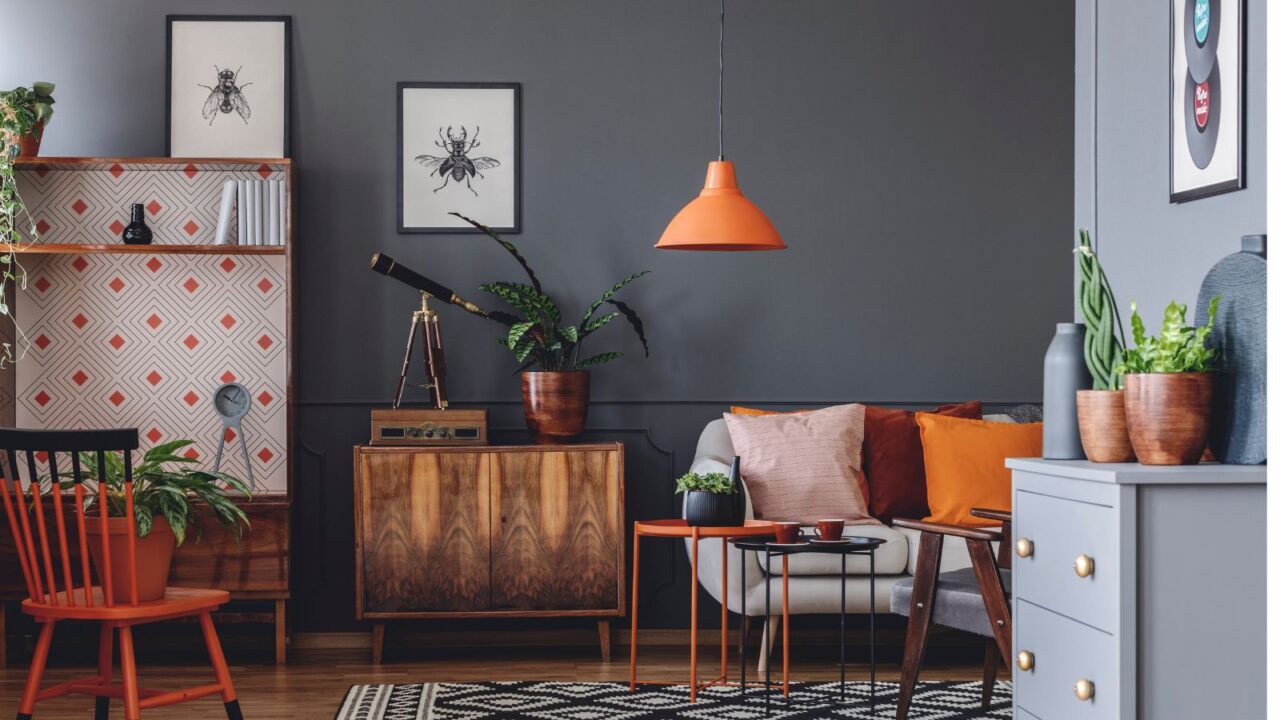
Overlooking Color Contrast
Another common yet subtle mistake is failing to match light fixture finishes with the living room’s wall colors and textures.
For instance, dark fixtures on dark walls can get lost, while stark contrasts may feel jarring. Considering the interaction between lighting fixtures and wall colors can ensure a visually pleasing space.
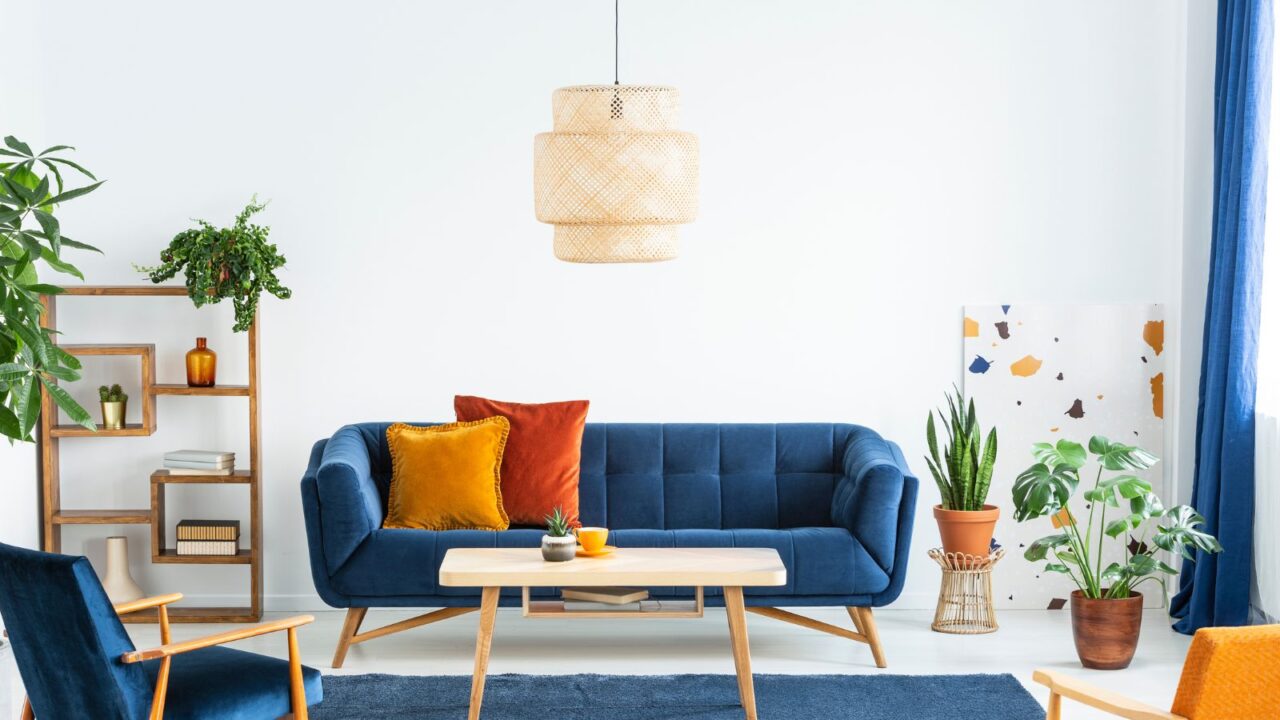
Neglecting the Impact of Ceiling Height
Homeowners often overlook the ceiling height while choosing light fixtures. Smaller or lower-hanging lights in a living room with a high ceiling can feel disproportionate or ineffective.
For even and adequate illumination in the room, choose a light fixture that fits the ceiling height.
If your ceilings are high, go for long light fixtures. If they’re low, a small, stylish one will be more befitting.
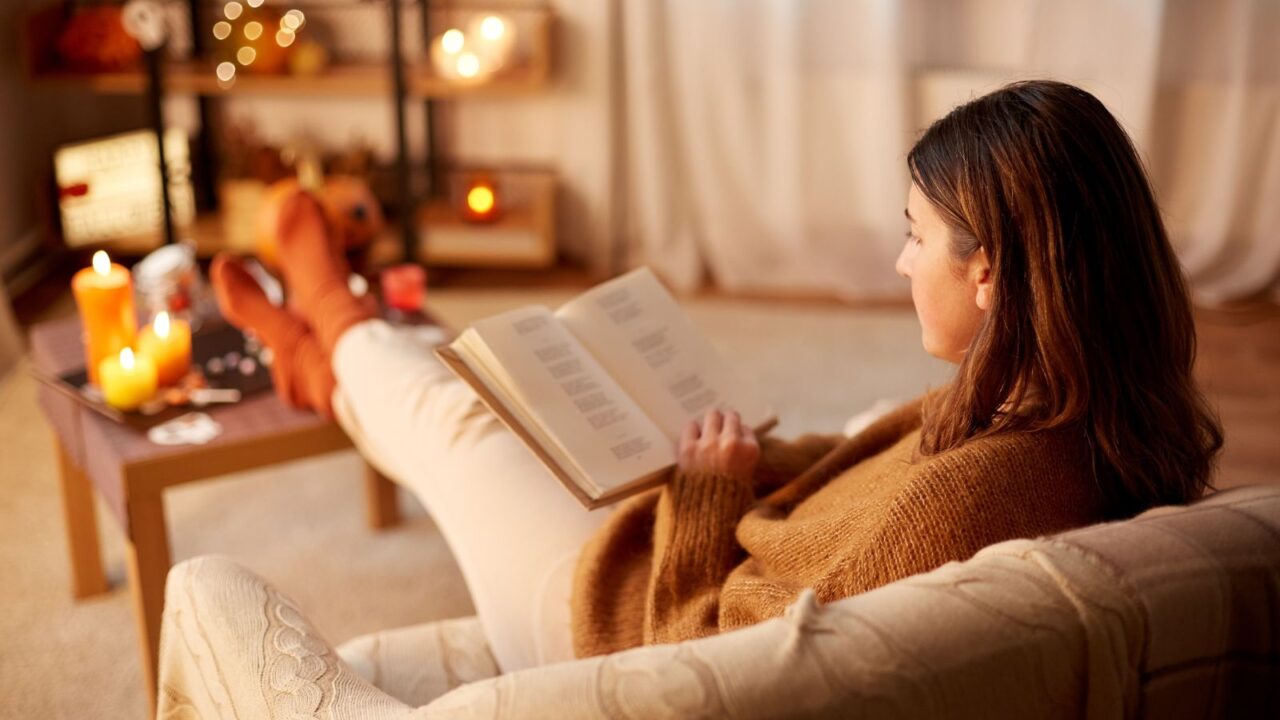
Neglecting Seasonal Lighting
Not setting the right vibe with seasonal lighting can make your living room feel dull. For instance, during the summer months, you may prefer brighter, airy lighting that complements longer daylight hours.
In contrast, winter needs a more warm and cozy atmosphere with soft, inviting lights, such as string lights or candles. For fall, consider decorating your living room with candles or string lights. For some inspiration, you can check out Candle and Lighting Ideas for Fall Evenings.

No Home Automation
Why stick with outdated lighting setups that require manual adjustments and lack flexibility when you can make your life easy with smart lighting?
Home automation is a new must-have for flexible living spaces. With one touch or command, you can control lighting, save energy, and whatnot.
And now with AI, you can take things to the next level. If you’re interested to learn more check out: AI In Living Room Design (Your Smart Home).